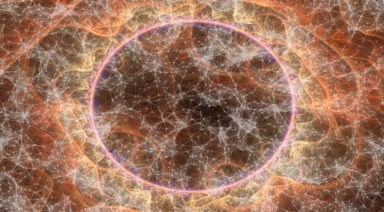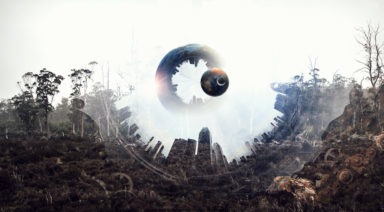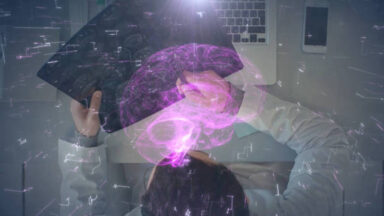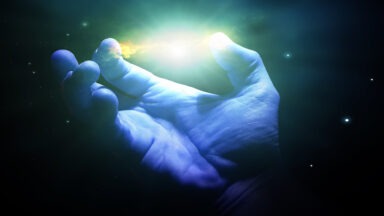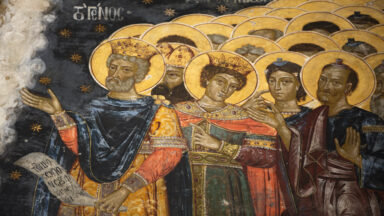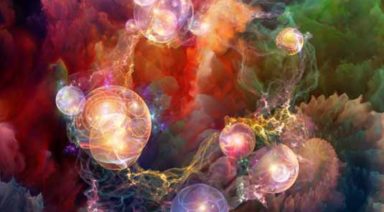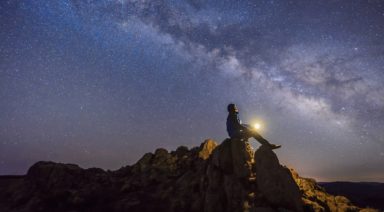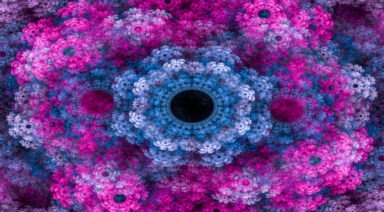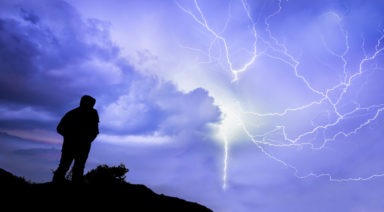These Near-Death Experiences Describe Direct Experiences With God
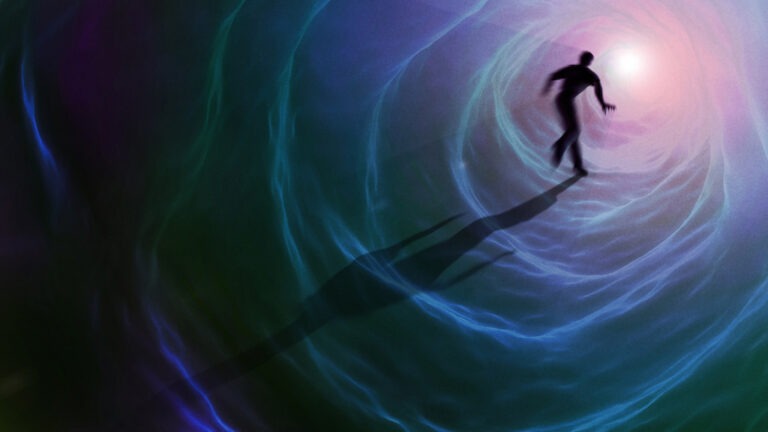
What do near-death experiences suggest about the ultimate source of reality, spirituality, and what many call “God?” Psychiatrist Raymond Moody explains the answer to this question in his latest book “God Is Bigger Than the Bible.”
Dr. Raymond Moody has spent more than four decades studying the afterlife. In his 1975 book “Life After Life” he first presented his research on the “near-death experience” or NDE, the transcendent experience of death that radically transforms the life of the person who lives to tell about it. In his new book, Dr. Moody presents his thoughts on God, drawn from the accounts of the thousands of people he has interviewed about their near-death experiences.
“You know, when I was a kid I didn’t think about God. I can’t say I was an atheist because I never really thought about God,” Dr. Moody said. “Then I went to college and got interested in these near-death experiences through Plato, and subsequently have heard of thousands of these from people all over the world who have this same kind of experience—many of them have conversations with God. So that is how I came to God, you know God has become just a big part of my life in the last few decades.”
Dr. Moody’s motivation for writing his latest book is to provide readers with an understanding of God, or source, that is entirely outside the realm of organized religion. To Dr. Moody, idealized religion can present a fearsome image of God that has scared many away from developing a personal relationship with the divine.
“Well, before I started hearing of people with near-death experiences, my notion of God was that people had this imaginary figure who was watching their every step with a little book, trying to see if they’re going to stumble or something,” Dr. Moody said. “But when I started hearing these people with near-death experiences it was a whole different take on God. People say that when they had their cardiac arrest or whatever, that they left their bodies and dissolved into this light, almost. People say that whatever kind of love that you have experienced while you’re alive, that is just beyond description. You go through a passageway to this light of complete comfort, peace, and love, you feel sort of wrapped up in it.”
A common component of the NDE is what is known as the “life review.”
“People say they’re surrounded by a holographic panorama consisting of everything they’ve ever done, and they witness it from the point of view of the other people they’ve interacted with. And all of this is being experienced in the presence of a being of complete compassion and love, who sees all those things they’ve done there, but there’s no judgment coming from this—that this being is helping you evaluate these things. They say that there are no words but that the thought comes through. The question that comes from this being is ‘how have you learned to love?’ People learn a lot about themselves from these encounters with God,” Dr. Moody said.
Through his research, both with near-death experiencers and the elderly, Dr. Moody has come to an understanding of God as the writer of our life stories.
“What is your life but your story? Your whole consciousness is geared to create a story. As soon as some new event happens in your life, your mind immediately starts to weave it into your life story. What this life has to do with is our stories, and we go through one story and then we go through some sort of incomprehensible process, and then we come back on another storyline. To what degree God helps us choose the plot, I don’t know. My guess would be is that there would be some kind of advice process, that’s the sense I get,” Dr. Moody said.
After decades of research, Dr. Moody feels like there is now a growing shift in understandings of the afterlife.
“We are beginning to understand, I think better, what it might mean to say that our consciousness can go on even after we die. The world is about to open up, we will have whole new ways of addressing the question of the afterlife. You know, people say that in their near-death experiences, when they get over to the other side, that God is much more accessible there. And my question is if we get closer to a rational comprehension of life after death, will that bring us closer to God? When people begin to comprehend the whole notion of an afterlife with entirely new systems of thinking then that will open them up more to personal contact with God,” Dr. Moody said.
And for Dr. Moody, it is that personal contact that makes all the difference.
Electric Universe Theory: The Science, Models and Controversy
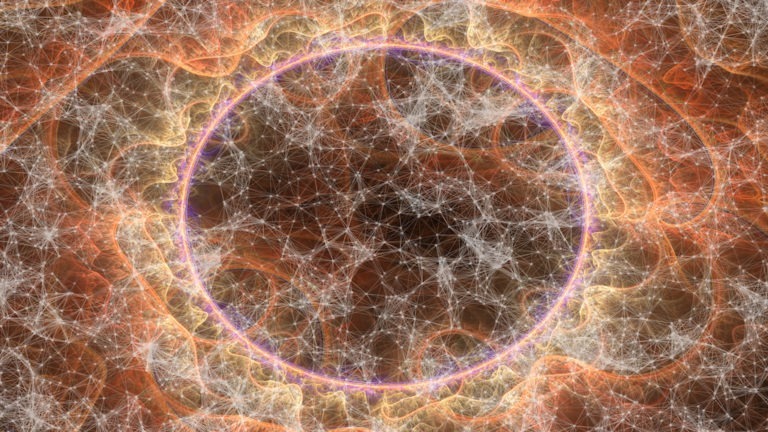
Before Einstein created his unique theorems on relativity, deflating Newton’s theories on gravity, Nikola Tesla posited the idea that electricity and energy were responsible for almost all cosmic phenomena. Tesla saw energy and electricity as an “incompressible fluid” of constant quantity that could neither be destroyed nor created.
If you want to find the secrets of the universe, think in terms of energy, frequency, and vibration.
— Nikola Tesla
What Did Einstein Conclude?
Einstein suggested and eventually proved (to a degree) that gravity is a curvature within a measurable reality, which he termed “space-time.” When you add time to the coordinates of length, width, and height, you get space-time. Consider space-time as a material fabric. When a mass or object is large enough, it can cause the fabric to warp.
Consider what happens when you lift your knees under a blanket. It warps the blanket. You can see that your knees (a mass) created a bend or cavity. This warp structure (bend, cavity) is gravity.
There’s much more to it, but this gives us a foundation to help us understand the beauty and challenges behind the Electric Universe Theory.


